Lecture
Of the year
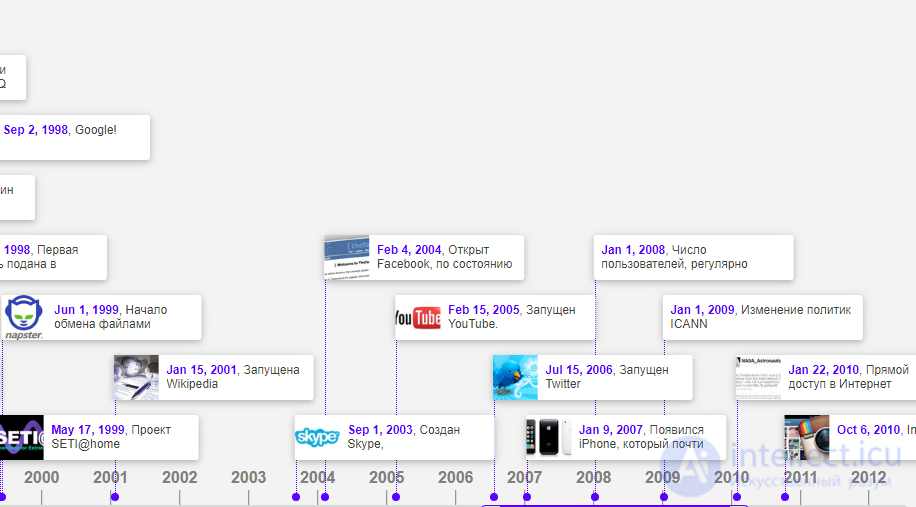
Intel: A Pentium 4 processor was created, which became the first microprocessor, which was based on a fundamentally new architecture of the seventh generation compared to its predecessors - NetBurst.
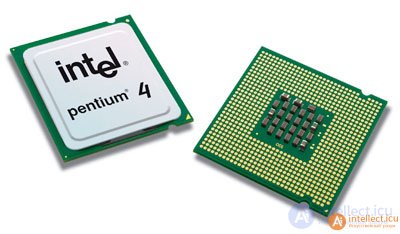
On January 15, 2001, the Wikipedia project was launched - a free, open, multilingual universal Internet encyclopedia implemented on Wiki principles.
The name of the encyclopedia is derived from the English words wiki (wiki, the technology underlying the functioning of the site; in turn, it is borrowed from the Hawaiian language, in which it means "quickly") and encyclopedia (encyclopedia).
The main feature of the Wikipedia Internet encyclopedia (thanks to the wiki technology that underlies the functioning of the site) is that anyone who follows the Wikipedia rules for the Internet can create and edit its articles, and in the vast majority of cases even without registering on the encyclopedia's website. All changes made by such volunteers to any article in this encyclopedia immediately become visible to all visitors to the site.
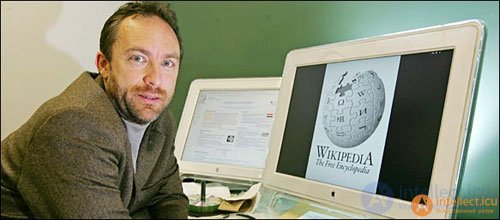
Wikipedia founder Jimmy Wales (Jimmy Wales, 08/07/1966)
Intel: Mobile modification of Pentium III, Pentium III Xeon, Intel Itanium, Intel Xeon processors created.
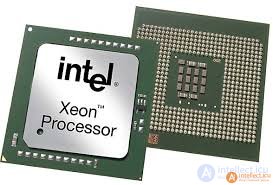
JASS (Just Another Scripting Syntax) is an event-driven scripting programming language created by Blizzard Entertainment. Used in games such as Warcraft and Starcraft.
The Joy programming language is a purely functional language developed by Manfred von Thun of La Trobe University in Melbourne, Australia. It is a language akin to Fort, although it is not its direct descendant. Currently, Joy is considered the canonical example of a concatenative programming language.
Moneybookers is an electronic payment system that allows you to send and receive money using only your email address. It was founded on June 18, 2001 in London.
OptiPNG is a free program for reducing the size of files in the Portable Network Graphics format by compressing them using various methods, ignoring PNG functions unnecessary for this image, such as full color for a black and white image. The program converts files of other formats (BMP, GIF, PNM and TIFF) into optimized PNG.
The first version of OptiPNG was released in December 2001.
The Google Page Speed Toolkit for Website Optimization includes OptiPNG.
PascalABC.NET is a programming system. The system language is an implementation of Object Pascal for the Microsoft.NET platform, which contains all the basic elements of modern programming languages: modules, classes, operator overloading, interfaces, exceptions, generalized classes, garbage collection, and also some parallel programming tools.
Intel: Pentium 4 Extreme Edition processors created.
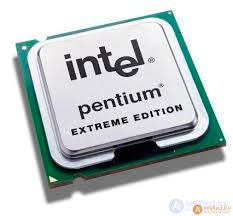
Scala is a multi-paradigm programming language for the simple and quick creation of component software, combining the capabilities of functional and object-oriented programming.
The first versions of the language were created in 2003 by the team of the laboratory of programming methods of the Lausanne Federal Polytechnic School under the direction of Martin Odersky (09/05/1958), the language is implemented for Java and .Net platforms.

Martina Odersky
Factor is a dynamically typed programming language whose development and implementation is conducted by Slava Pestov. The main influence on the Factor language was provided by the programming languages Joy, Forth, Lisp, and Self.
Important factors that determine the direction of development of the Factor language are productivity, a wealth of expressive means (while maintaining clarity and consistency), and the creation of a fairly comprehensive standard library.
Mail.Ru Agent is a free program for quick messaging over the Internet, developed by Mail.Ru in 2003.
The program supports the capabilities of IP-telephony, video calls and free SMS sending, and also notifies you of new mail arriving at the mail.ru mail server. To enter the program, you must use an account in the domains @ mail.ru, @ inbox.ru, @ list.ru, @ bk.ru. Accounts from other domains are not supported. The service is free.
MobileBASIC is an interpreted programming language that is used for mobile phones that support MIDP-2.0. There are 4 implementations: as a programming environment for a computer, as a regular midlet for mobile devices, as an application for devices running Android and iOS.
The language has appeared thanks to programmer David Firth (English David J Firth), as an easy and convenient tool for developing software for mobile phones.
The WikiTravel Project (http: // WIKITRAVEL.ORG for short, WT) is an open, multilingual tourism project. The project was launched in July 2003 and is a constantly updated guide to a wide variety of countries, cities, routes, as well as a collection of phrasebooks in various languages.
WikiTravel uses the free MediaWiki software - the same as used by Wikipedia and other WikiMedia foundation projects.
Windows Server 2003 (codenamed Whistler Server, internal version is Windows NT 5.2) is Microsoft's Windows NT operating system designed to run on servers. It was released on April 24, 2003.
Windows Server 2003 is the new version of Windows 2000 Server and the server version of the Windows XP operating system. Microsoft originally planned to name this product “Windows .NET Server” in order to promote its new Microsoft .NET platform. However, this name was subsequently discarded.

FreeBASIC is a high-level programming language with the syntax closest to QuickBASIC, as well as a compiler for it (FreeBASIC Compiler). The compiler was originally developed as a free alternative to Microsoft QuickBasic, but quickly overgrown with new features and became a powerful development tool. The first versions of the compiler were written in Visual Basic, but now it can compile itself (written in FreeBASIC).

Mozilla Firefox is a browser included with the Mozilla Application Suite, developed and distributed by Mozilla Corporation.
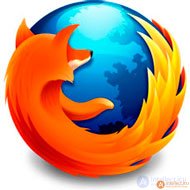

Mark Zuckerberg (05/14/1984) began work on Thefacebook in January 2004, registering thefacebook.com domain on the 11th. Thefacebook itself was launched on February 4, 2004. Then it was a social network exclusively for Harvard students.
In the first 24 hours of the existence of the site on thefacebook.com registered more than a thousand people. And a month later, more than half of university students had their own page on the site.
“The” from the site’s name disappeared in 2005 after the company acquired the Facebook.com domain for fabulous money - $ 200,000. In September of that year, the possibility of registration appeared for students of US high schools, however, then for this it was necessary to receive an invitation from one of the already registered participants. Then the circle expanded to employees of some companies, for example, Apple and Microsoft.
September 26, 2006 was one of the most important milestones in the history of the project: the site opened the registration for everyone who has a working e-mail address. Only the age limit remained - 13 years. Since then, both the site and the company have been actively developing, and huge investments in the world's most popular social network have only proved this.
In October 2008, Facebook’s international headquarters moved from Silicon Valley to Irish Dublin.
In September 2009, the company first made a profit from the site.
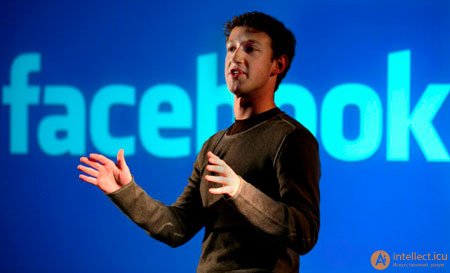
Mark Zuckerberg
Cell microprocessor created.
Intel: A dual-core Xeon processor has been created. Systems based on the new dual-core Intel Xeon processor provide increased productivity, new functionality, lower power consumption, lower operating costs and increased density of installation of all servers in your computing infrastructure.
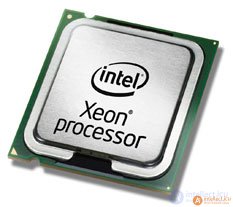
Intel: Core Duo processors, dual-core Itanium 2, and Core 2 Duo chips created.
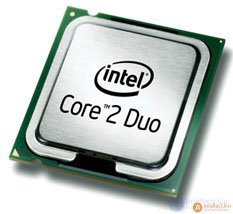
Cobra is a high-level object-oriented general-purpose programming language. Designed by Chuck Esterbrook for the .NET and Mono platforms. The syntax of the language is based on the syntax of Python, indents are used to syntactically highlight blocks of code. Cobra provides fast development and high productivity.
Windows Embedded CE 6.0 (codenamed “Yamazaki”) is the sixth version of the Windows Embedded operating system, targeted at enterprises manufacturing industrial controllers and consumer electronics devices. In Windows Embedded CE 6.0, the kernel has been completely redone, which supports over 32,000 processes, compared to 32 in previous versions. From 32 MB to 2 GB, the virtual address space allocated for processes has risen.
Windows Embedded CE 6.0 was released on November 1, 2006.
November 30, 2006 introduced the Windows Vista Starter operating system - one of the editions of Windows Vista. Distributed in the form of a pre-installed OS on some models of netbooks; It has many functional limitations and at the time of sale Windows Vista had a relatively low price.
The nonprofit organization One Laptop Per Child (USA, Delaware), founded by the MIT Media Lab at the Massachusetts Institute of Technology, introduced the low-cost XO-1 laptop designed for children in developing countries. Notbook provided access to modern scientific and practical knowledge and opportunities for independent development in accordance with the constructivist theory of learning. Laptops should be supplied to the governments of the participating countries of the project and distributed free of charge to children of all comprehensive schools. Laptops are shipped to the governments of the participating countries. The price since 2008 is $ 100.
Inexpensive, reliable and economical computers, instead of a hard drive, are equipped with flash memory and work under the control of a specially developed Linux distribution. Computers organize themselves on a wireless network (via Wi-Fi) and, if they have a computer that is already connected to the Internet, get access to it.
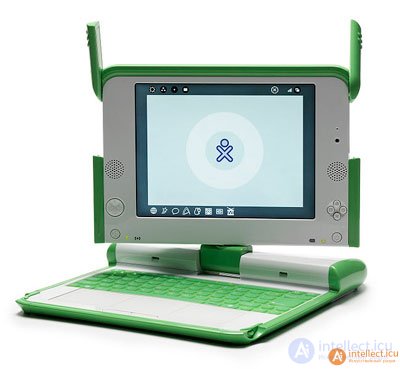
Notebook XO-1
Intel: Itanium, Core 2 Extreme quad-core processors created.
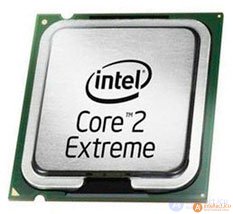
Intel: Atom processor created.
Microsoft Windows Server 2008 (codenamed "Longhorn Server") is a version of the server operating system manufactured by Microsoft. It was released on February 27, 2008. She replaced Windows Server 2003 as a representative of a new generation of operating systems of the Vista family (NT 6.x).
Introduced xDevice X1 GPS-communicator for constantly traveling business people. The device from xDevice is running the Windows Mobile 6.0 Professional operating system.
In 2008, the first version of the operating system for Android mobile devices was released - an open source operating system, that is, programmers can easily write their programs for this system.
On September 23, 2008, the first device was presented, which worked completely under the control of this system. It was a T-Mobile G1 smartphone from HTC. After that, many manufacturers expressed a desire to produce such devices.
The origins of the Android OS need to be sought back in 2002. At that time, representatives of Google became interested in some software developments of Andy Rubin. At the initial stage, Android Inc. worked on the development of this operating system for mobile devices. It was later acquired by Google.

Smartphone T-Mobile G1
In 2008, a person or group of people under the pseudonym Satoshi Nakamoto (English Satoshi Nakamoto) published a file with a description of the protocol and principle of operation of the payment system in the form of a peer-to-peer network. According to Satoshi, development began in 2007. In 2009, he completed the development of the protocol and published the client program code. On October 31, 2008, Nakamoto published the article “Bitcoin: A Peer-to-Peer Electronic Cash System” on the cryptography mailing list of metzdowd.com, in described by Bitcoin, a fully decentralized e-cash system that does not require trust from third parties.
Intel introduced the new Core i7 and Core i5 desktop processors. The new Core i7 and Core i5 are massive and reasonably affordable solutions.
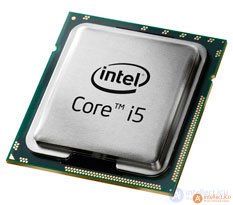
Introduced the dynamic style language LESS , which was developed by Alexis Sellier. It is created under the influence of the Sass style language.
LESS is an open source product. Its first version was written in Ruby, but in subsequent versions it was decided to abandon the use of this programming language in favor of JavaScript.
QML (Qt Meta-Object Language) is a declarative JavaScript-based programming language designed to design applications that focus on the user interface. It is mainly used to create applications targeted at mobile devices with touch controls.
Samsung GT-i8000 (Omnia II, WiTu AMOLED) is a communicator, a candy bar with a touch screen, created on the basis of the Samsung S3C6410 processor (implementation of ARM 1176) and the Windows Mobile 6.5 operating system.
Intel has officially unveiled a new generation of server processors, the Xeon 5500 (formerly codenamed Nehalem-EP). According to the company itself, these are the most “revolutionary Intel server processors” since the Intel Pentium Pro appeared about 15 years ago. Among the features of the new products, the company includes high performance and energy efficiency, the ability to regulate energy consumption depending on the load and improved support for virtualization.
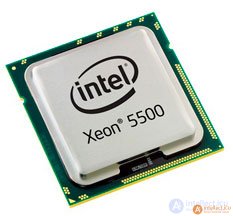
Launched on sale on October 20, 2009, the Apple Magic Mouse is the world's first multi-touch mouse. The mouse connects to a Mac with OS X Leopard 10.5.8 or later via Bluetooth. Optimized for OS X.
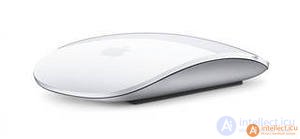
Apple magic mouse
On January 3, 2009, the first block and the first 50 bitcoins were generated. The first bitcoin transfer transaction took place on January 12, 2009 - Satoshi Nakamoto sent 10 bitcoins to Hal Finney. The first exchange of bitcoins for national money occurred in September 2009 - Martti Malmi sent 5050 bitcoins to a user with the pseudonym NewLibertyStandard, for which he received $ 5.02 into his PayPal account. NewLibertyStandart proposed to use the cost of electricity spent on generating to evaluate bitcoins.
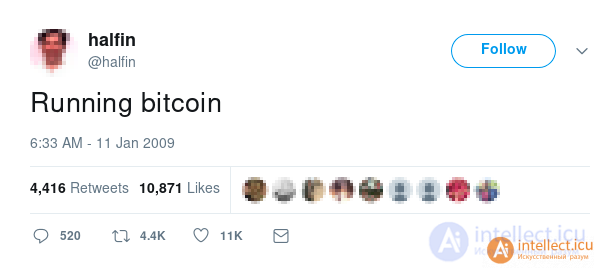

The first ever bitcoin tweet published by Hal Finney on January 11, 2009
Comments
To leave a comment
History of computer technology and IT technology
Terms: History of computer technology and IT technology